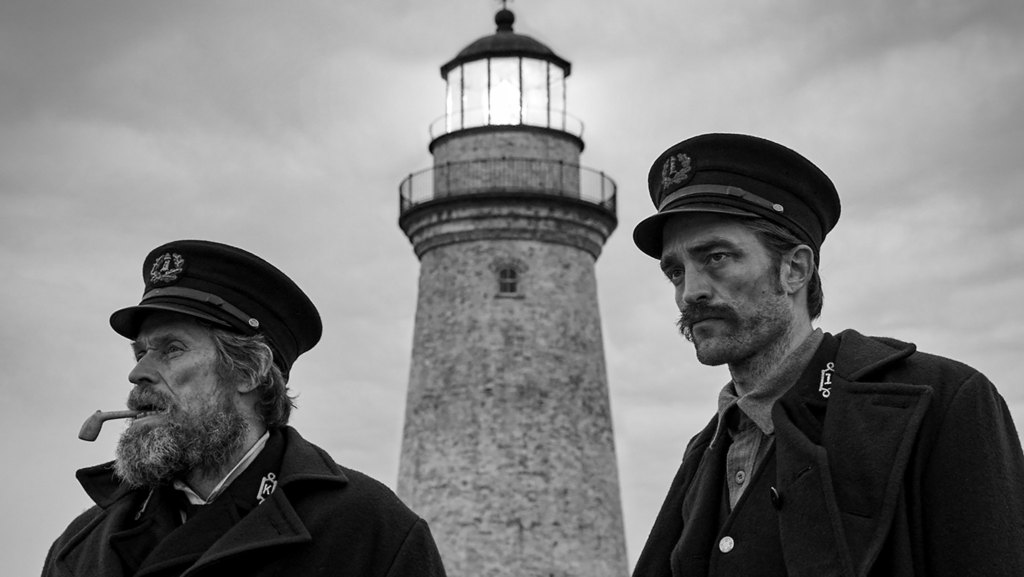F.W. Murnau’s Nosferatu and Robert Eggers’ 2019 The Lighthouse are both distinctive fantastical horror films. Thee narrative of both films are driven by themes psychological, from the claustrophobic, swelling chaos of The Lighthouse to the Thanatophobia (fear of death) created from Nosferatu. These films have been chosen as they were made in contrasting contexts. Nosferatu was a German film made in the troubled Weimer period of the 1920s Germany and The Lighthouse being an independent American film made recently featuring big A-List actors such as Willem Defoe and Robert Pattinson, so the differences in social and economic tropes can be clearly seen. F.W Murnau’s film follows its protagonist Thomas Hutter who is sent by his “master” to finalise a deal with the mysterious Count Orlok. He then quickly finds out that Count Orlok is a vampire who has his targets set on our protagonists’ wife. The Lighthouse features a slow-burn story which induces a claustrophobic feeling as two lighthouse keepers become stranded. Tensions between the two rises as they covet the light at the point of the tower, and the story’s climax comes when both the light housekeepers meet their demise.
